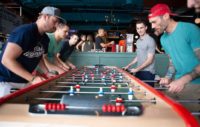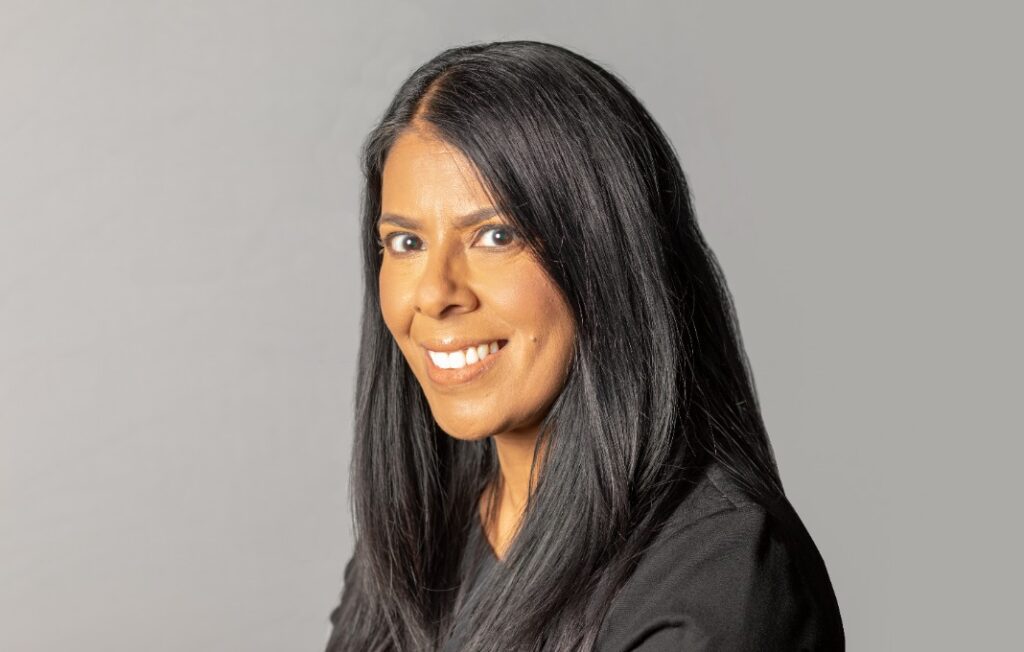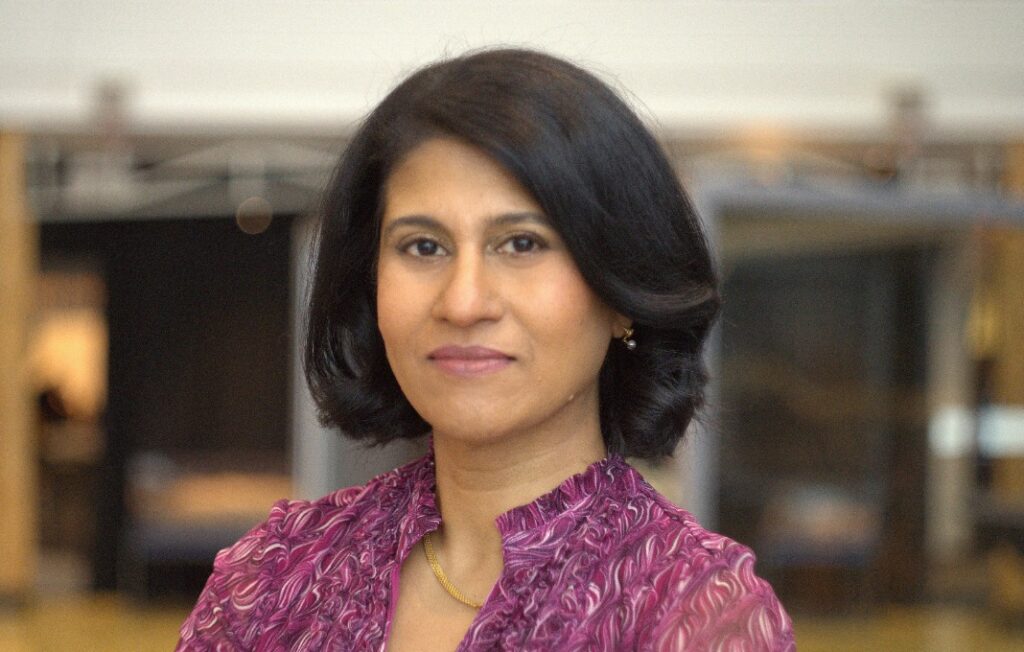Summer has been a literal bucket of fun at Arketi’s headquarters in Atlanta, where each week an employee has plucked a paper slip at random from a sand pail and kicked off the company’s next voyage into amusement. They have included “Bark-eti Day,” when staffers brought their pets to the office, and a “Bar-keti Day” during which the alcohol flowed freely, as well as an on-premises mini-golf tournament and a “Crazy Hat Day” that also involved the remote-working members, as the staff of 25 donned chapeaus, cowboy hats and not-ready-for-Pinterest homemade headgear.

“We’re a creative agency, so fun is part of our DNA,” says CEO Michael Neumeier. “We need to look for ways to drag that into our organization. And we like to do things that are often unexpected.”
Don’t look now, but fun is back in the office. But it’s not the dissipate 2019 version of the amenities and activities that comprised much of corporate culture as millennial workers came of age. In 2022, the fun is more nuanced, more empathetic and more flexible—designed not only to produce chuckles and guffaws but also to accommodate the expectations of Generation Z, the demands of the new hybrid office and the sensitivities of workers who may have been scarred by the pandemic and apprehensive about a future that also looks foreboding. “There is so much heaviness going on throughout the world: ‘Does this job even matter?,’” says Lia Garvin, team operations manager for Google and a Marin County, California-based organization consultant. “Workplaces need to become more engaging and figure out what does fun even mean to people.”
Indeed, CEOs, CHROs and others are still figuring out how to generate fun in this environment, but they know it’s imperative. “If we’re not creating a fun environment for people to go to their jobs every day, then we’re going to lose talent and people,” says Tim Albrecht, president of a division of Milwaukee Tool, a maker of power tools based in Wisconsin.
So Milwaukee Tool hosts multiple employee sports leagues, from soccer to hockey to ultimate Frisbee. Work teams get to go play Top Golf and shuffleboard. Food trucks often ring lunch breaks at company facilities, and a barbeque has featured Group President Steve Richman manning the grill—and doling out double meat and double cheese. And in its new digs in Chicago at the refurbished Old Post Office downtown, Milwaukee Tool is taking advantage of amenities, including rooftop paddleball and basketball courts, a lounge with billiards and bocce, and a Boxcar fitness facility. “You’d think you were in Silicon Valley if you look at the space,” says Richman.

But not all fun is equal in the new-office era. Savvy CEOs are making sure there’s method to the mayhem. Some tips:
• Couple it with productivity. Fun can mean creating more engaging ways to do the work. CLA, for example, recently launched CLA TV, a closed-circuit channel, and wired all its offices to produce video content, including a big new studio at the professional services firm’s Minneapolis headquarters. “It’s a new way of messaging for leadership but also to show things going on around the firm, and for events,” says CEO Jen Leary.
• Create a mother ship. Given the chance to reimagine workspaces, some companies are creating a major magnet for fun. Nextiva, for example, minimized scattered food pantries when it opened a 101,000-square-foot new headquarters in Scottsdale, Arizona, in favor of funneling employees to a three-story “work café” that occupies about one-third of the first-floor footage. “It creates good energy for lunches, breaks and events, and the first time people walk into the building, it creates a ‘wow’ moment,” says Kim Lamont, chief of staff for the telecom software company. She even hired a lighting consultant to get the mood right, and “people have noticed.”
• Design purposeful fun. T&M Associates, a construction-management outfit in Middletown, New Jersey, has conducted environmental beach sweeps and built homes with Habitat for Humanity. Branded Group has 13,000 square feet of office space in Anaheim, California, and the company tries to leverage the now-underutilized space for fun—but one with a layer of higher purpose that attracts many employees. So the facility-management company conducted a backpack drive for a local charity for abused children, for instance, with employees loading back-to-school backpacks from supplies that were drop-shipped to its building.
• Tailor to fit. For Augury, Tiffany Millar created seven “personas” to represent post-pandemic workers for the New York-based industrial-sensor company. They include the Hero Visitor, who “wants to see the fun qualities that come with side conversations and organic meeting spots” in the office, and the Time Traveler, those employees fresh to Gotham from abroad. Most in need of fun, says Augury’s workplace-experience director, are the Home Away from Home people who live close to the office. When they come in, “they like conference rooms where you can turn the table into ping-pong,” she says, “and coffee and espresso are huge.”

• Gather around interests. More companies have been launching and expanding employee-resource groups as internal support organizations for demographic and psychographic cohorts. This impulse also has led to the creation of affinity groups that organize around shared hobbies and interests more for fun than for ally-building. OneStream Software, for example, sponsors groups for dog owners, music fans and microbrewers, all meeting virtually. “People share recipes and pictures of their brew rooms throughout the world,” says Martha Angle, vice president for global culture, diversity and people for the financial-software unicorn based in Rochester, Michigan.
• Make coming in a perk. Branded Group has a monthly contest for teams among its 150 employees around the country, and the winner gets to spend three days in the office in California. “Ninety-five percent of our people still want to work from home, but we are trying to find a happy medium and put some teeth behind it—the team that executes the contest the best, we fly them in,” explains CEO Michael Kurland. A trip to the office? Sounds like fun.








